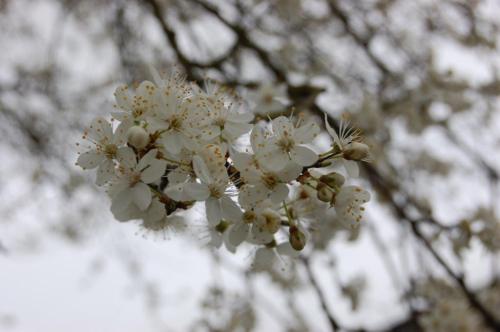 Once I see the blossom of the wild plum trees, I know that spring is on its way. In spite of, or perhaps because of, my neglect of the old orchard, the area is awash with clumps of the common snowdrop, Galanthus nivalis. All of these, and the crocus, came from a handful I relocated from the grassy area between the house and the vegetable plot. I split some clumps last year and I will do the same again. For the first time I will extend the planting into the new orchard.
Once I see the blossom of the wild plum trees, I know that spring is on its way. In spite of, or perhaps because of, my neglect of the old orchard, the area is awash with clumps of the common snowdrop, Galanthus nivalis. All of these, and the crocus, came from a handful I relocated from the grassy area between the house and the vegetable plot. I split some clumps last year and I will do the same again. For the first time I will extend the planting into the new orchard.
 Seeing the honeybees flying amongst the blossom and the snowdrops reminded me on how very important these early flowers are.
Seeing the honeybees flying amongst the blossom and the snowdrops reminded me on how very important these early flowers are.
 We have been toying with the idea of turning the new orchard grassland into a flowering meadow. The reality is that the rye grass is too dominant to easily replace with a summer flowering meadow so we’ve decided that we shall concentrate on spring flowers. Last year we made a start and planted over a thousand bulbs. I spotted the first signs of the Narcissus today.
We have been toying with the idea of turning the new orchard grassland into a flowering meadow. The reality is that the rye grass is too dominant to easily replace with a summer flowering meadow so we’ve decided that we shall concentrate on spring flowers. Last year we made a start and planted over a thousand bulbs. I spotted the first signs of the Narcissus today.
 The mowing regime of a spring flowering, (February to May), meadow differs from that of a summer one in that the grass is cut from late June to autumn. This allows any seed to be deposited and bulbs to gain maximum benefit from allowing their leaves to die back naturally. I intend to plant more bulbs of those species we put in last year, plus the relocated snowdrops. I’m also considering Camassia, foxgloves and perhaps one, (or two!), of the cultivars that Dan Pearson trialled.
The mowing regime of a spring flowering, (February to May), meadow differs from that of a summer one in that the grass is cut from late June to autumn. This allows any seed to be deposited and bulbs to gain maximum benefit from allowing their leaves to die back naturally. I intend to plant more bulbs of those species we put in last year, plus the relocated snowdrops. I’m also considering Camassia, foxgloves and perhaps one, (or two!), of the cultivars that Dan Pearson trialled.

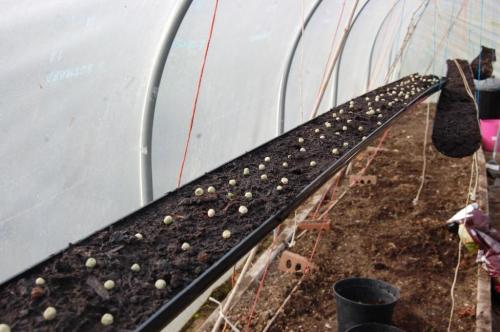

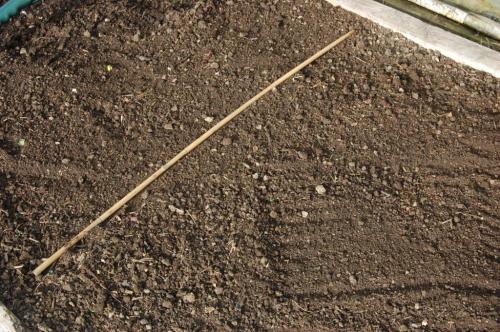





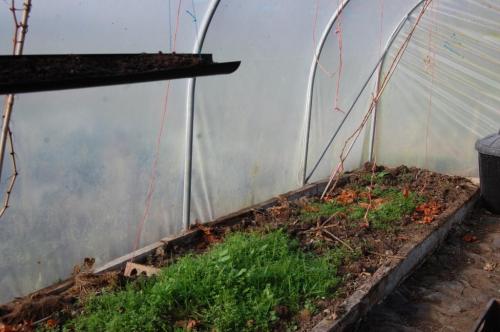



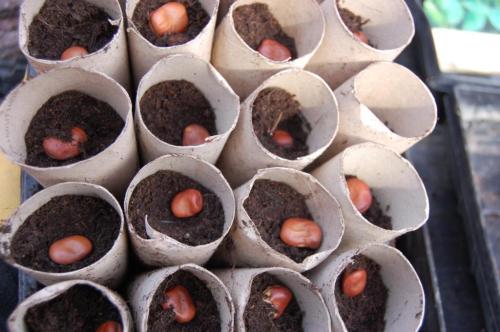



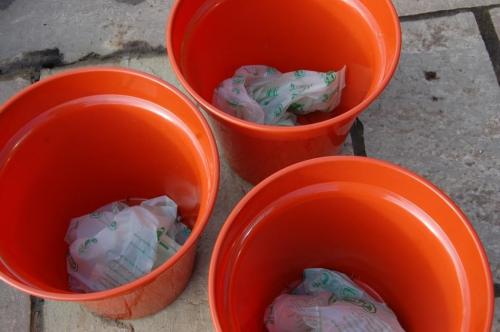

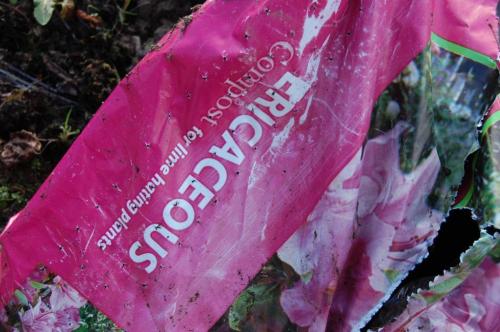





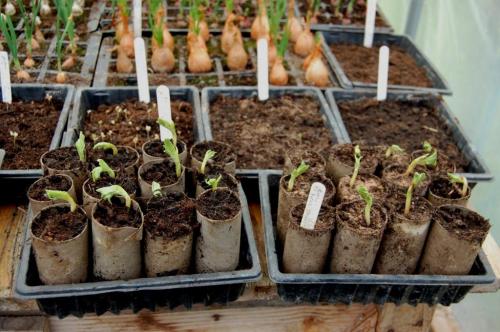
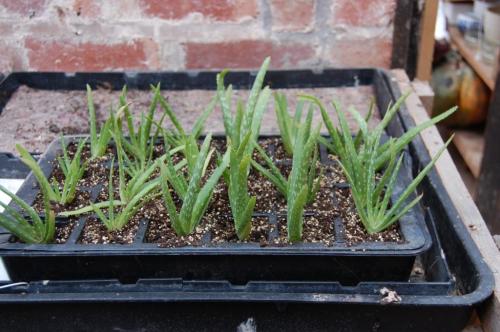
You must be logged in to post a comment.